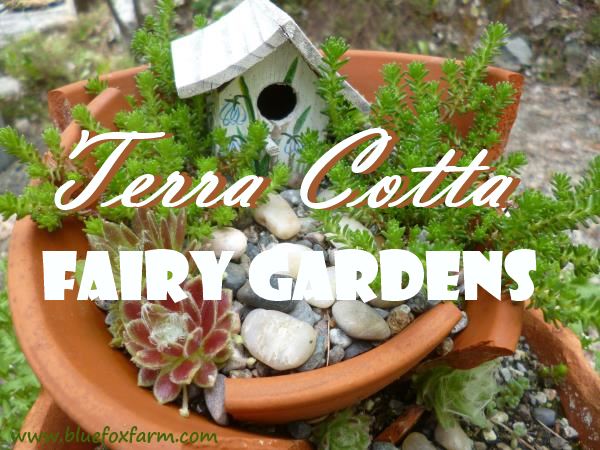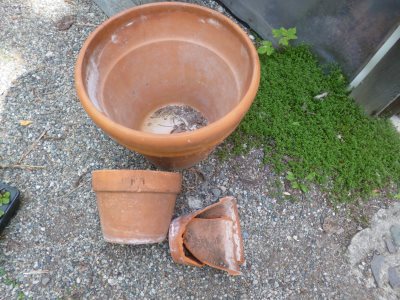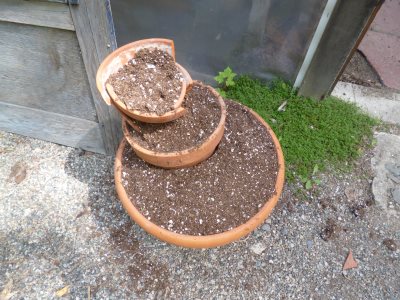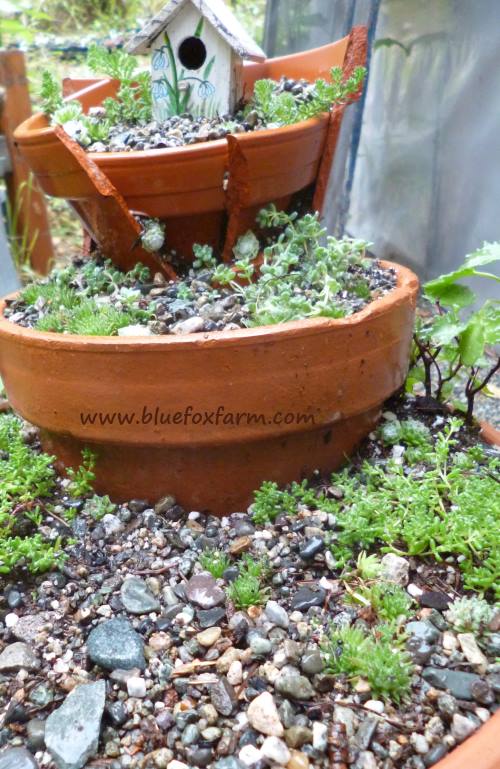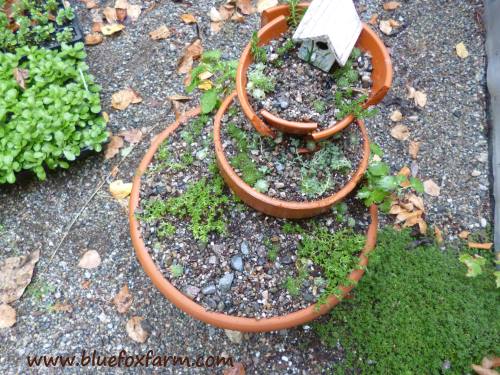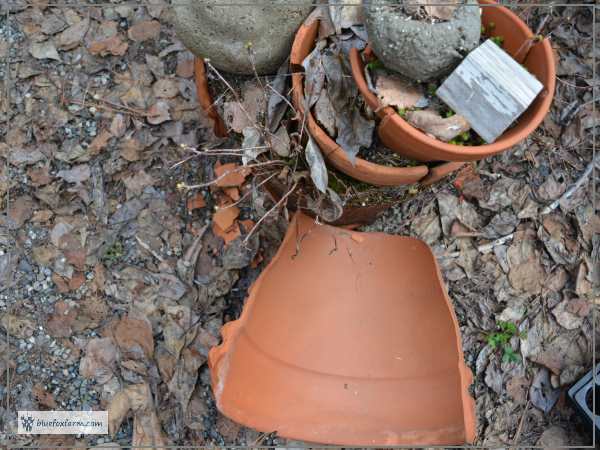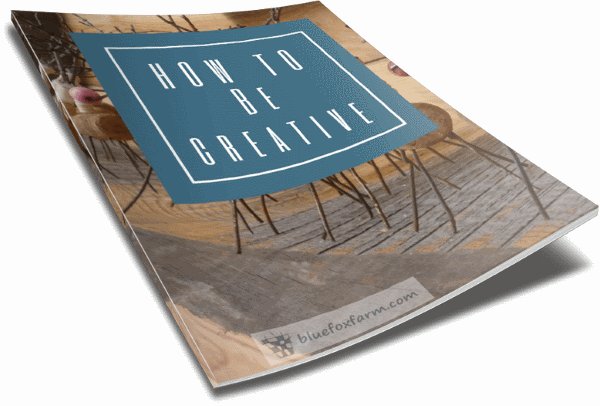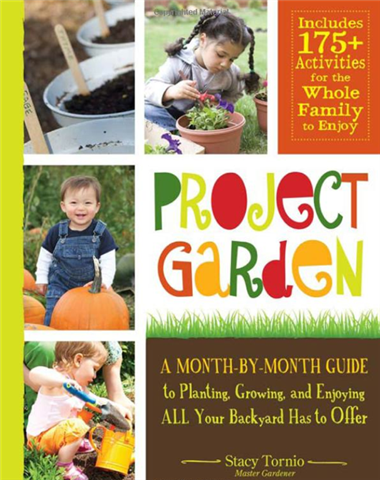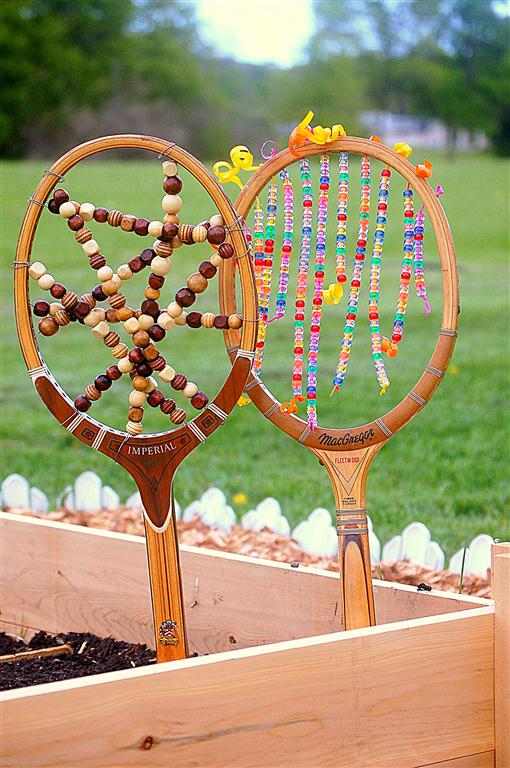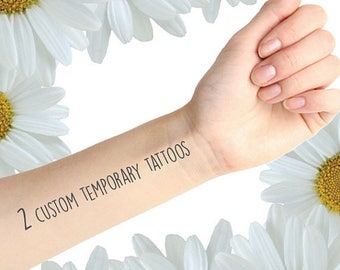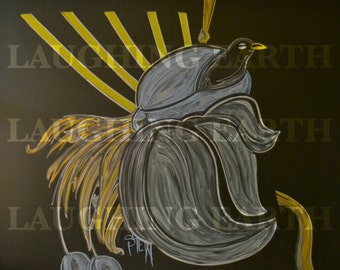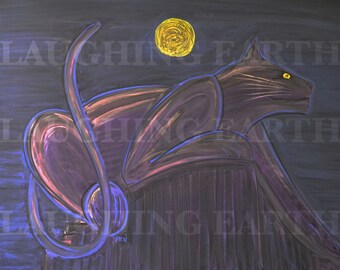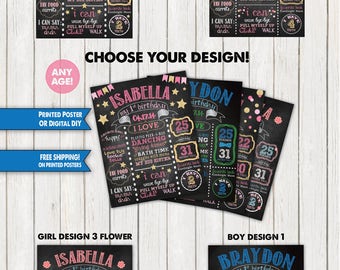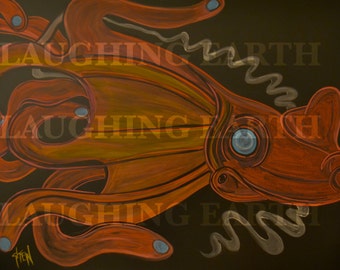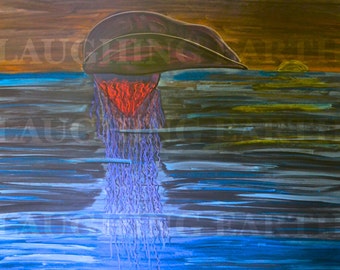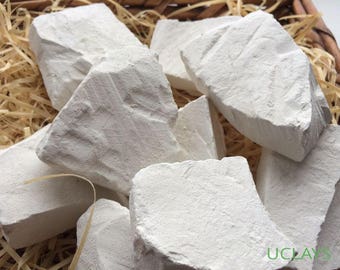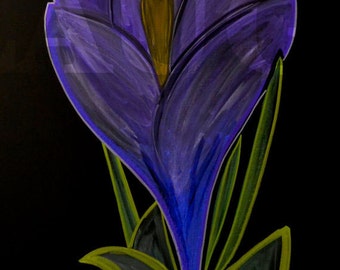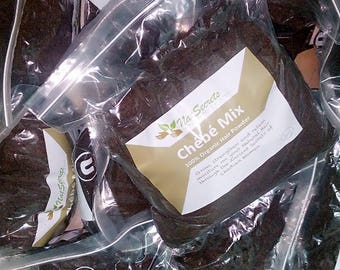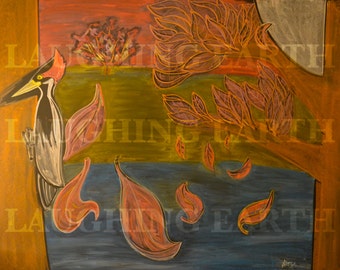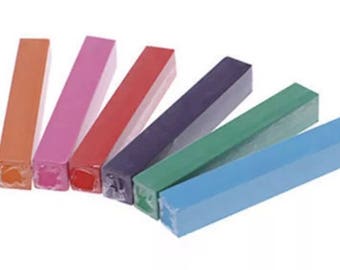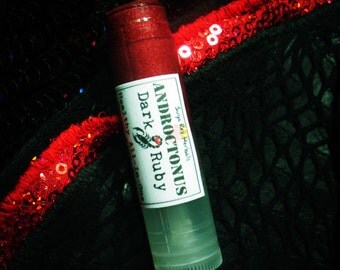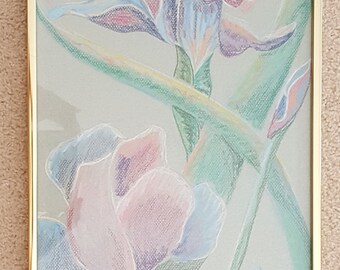
When planning a garden, whether it’s formal, a patio container garden, or a functional back yard, the main considerations are generally shape, texture, color, and blooming times for flowers. Scent often is more of a secondary thought, especially when considering mixing fragrances of different types of plants, flowers, shrubs, vines, and trees.
The RHS Companion to Scented Plants, a new book by Stephen Lacey, is already educating me on the complexities of defining living scents and how they could be combined for the most pleasurable impact. And it’s not just about flowers! It’s true that many plants have aromatic petals but essential oils can also be released from leaves, bark, stamens, and roots. Much like blending an expensive perfume, choosing the right plants and in the right proportion can transform a decently scented garden into an amazing olfactory experience.
The meat of the book lists of hundreds of types of scented plants and flowers along with photos and descriptions of their growing, blooming, and scent habits. The rest covers everything from choosing scents to last the year round to planning your scented garden and creating fragrant features. The most interesting section for me covers the fifteen generally recognised types of scents in growing plants.
Though my readings I understand that they can be grouped into ‘High Notes’, ‘Middle Notes’, and ‘Base Notes’, in much the same way essential oils are categorised. The general rule for mixing these three types of fragrance in aromatherapy follows blending top notes at 15-25%, middle notes at 30-40%, and base notes at 45-55% of the blend.
The 15 Categories of Scented Flowers and Plants
Compiled by Stephen Lacey
Top Notes
Aniseed – black licorice – Fennel, Sweet Cicely, Agastache rugosa, Magnolia salicifolia
Exotic – Heavy and tropically sweet – Jasmine, Tobacco Flowers, Trumpet Lily
French perfumes – Piercingly sweet and floral – Lily of the Valley, Hyacinths, Cyclamen, Lilacs
Honey scents – Mouthwateringly rich and sticky – Crocus chrysanthus, Mahonia aquifolium
Rose scents – the varied scents of all roses but also found in some apricots and crab apples
Mint and Eucalyptus – rich and piercing – Peppermint, Eucalyptus, Lavender, Catnip, Elsholzia
Middle Notes
Fresh green scents – considered as a misc scent it includes the green scent of parsley and celery
Fruit scents – warm and full fruity scent – Evening Primroses, Magnolia, Lemon Thyme
Pea scents – sometimes sweet and sometimes musky – Wisteria, Lupins, Acacias, Laburnum
Vanilla & Almond – ‘foody’ and not too sweet – Clematis armandii, Heliotrope, some Cherries
Base Notes
Camphorous – camphor and pungent – Achilleas, Artemisia, Santolina, Tansy
Resinous – turpentine, woodsy, incense – pine, cedarwood, Rosa primula, Balsam poplar buds
Spicy – from culinary herbs to curry scented plants – Rosemary, Myrtle, Curry plant, Bay, thyme
The other two categories don’t easily fit into into the categories of high, middle, and base notes:
Rogue scents – pleasant but not sweet – Milk of Magnesia, Callistemon pallidus, Rondeletia amoena.
Unpleasant scents – plants that obviously smell terrible, whether of rotting meat or cat urine, or something else. Foul smelling plants often make an appearance in planting schemes since some of them look beautiful. Just be aware of the scents of the plants you use and minimise the impact of their fragrance when necessary.
So now to the giveaway!!
I’m offering a free copy of Companion of Scented Plants to one lucky reader* whose name will be drawn on Friday, November 7th. To enter, all you need to do is leave a comment below with your name, your favourite scented flower, and a way to contact you should you win. If you have any personal experiences on the topic of gardening for fragrance I’d love to hear that too.
If you’d just like to order a copy of the book right away, I am able to offer it to you at a special price. Normally £25 excluding shipping, you can now order the RHS’s Companion to Scented Plants at the discounted price of £20.00 including p&p*. To order, telephone 01903 828503 or email mailorders@lbsltd.co.uk and quote the offer code APG238. *UK ONLY – Please add £2.50 if ordering from overseas.
RHS Companion to Scented Plants officially hits the shelves on 16th October and is published by Frances Lincoln www.franceslincoln.com
* Competition open to residents of the United Kingdom, Isle of Man, and the Channel Islands
Original article and pictures take lovelygreens.com site
